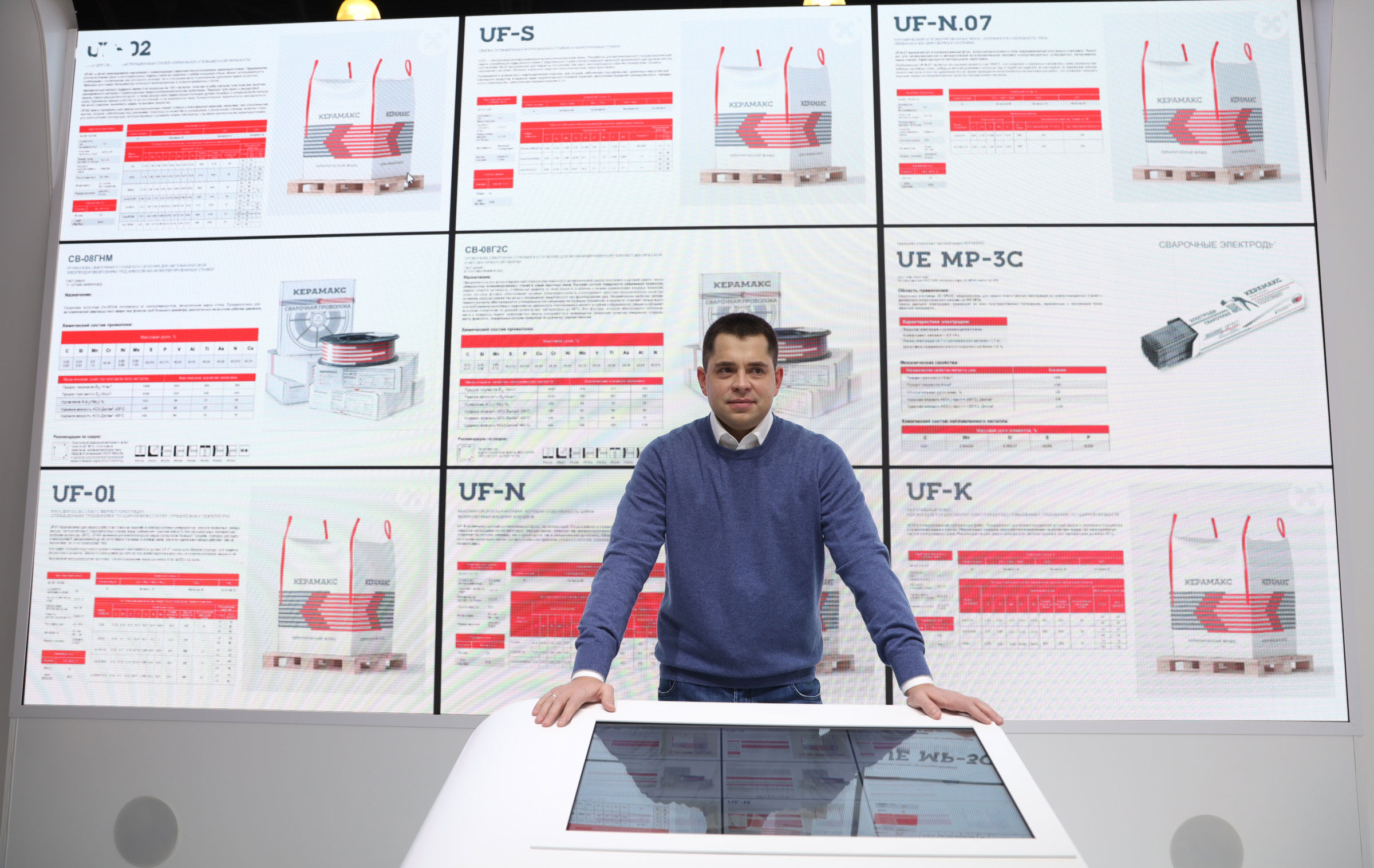Komarov Artem explained that moving the plate to and from the cutting tables with slings and chains is something that is easily taken for granted, which usually happens with injuries. Sliding of the plate in the set or breaking of the chain can seriously injure any worker in the vicinity. This is of particular concern to modern metal manufacturers. First, the Occupational Safety and Health Administration has become increasingly strict in looking for these types of potential hazards. Secondly, most metal fabrication companies looking for workers without much success want existing employees to be safe and productive. Safety has been a driving force in researching and investing in materials handling technologies that minimize the risk of injury to shop floor workers.
As a result, the focus has shifted towards magnets as a tool for moving large and awkward plates and similar parts in a metal fabrication environment. Magnets are extremely predictable, especially when magnetic transport devices are specifically designed for the job. They also allow the operator to work safely hands-free during material handling as these magnetic tools can be controlled remotely.
magnetic discussion
Although physics determines the characteristics of magnets, some in the industry view their use in materials processing technology as a kind of black magic. This is simply not the case because the magnets work as they should. There is no magic here.
Magnets create magnetic fields and attract ferruginous substances. The lines of force of a magnet exit the magnet from its north pole and enter through its south pole. (That’s why if you take a sewing needle, magnetize it by stroking the magnet 30-40 times, and place the needle on a leaf in still water, the magnetized needle will align with the earth’s magnetic field, pointing north to south.)
When it comes to material processing, there are three types of magnets that are the focus: permanent magnets, electromagnets, and electro-permanent magnets. Permanent magnets constantly create their own magnetic field. Electromagnets consist of coils of wire that carry electricity to create magnetic fields. Electropermanent magnets are a type of permanent magnet in which an external magnetic field can be turned on or off by a pulse of electric current; these types of magnets retain their magnetic fields even when power is lost. In most industrial installations, electromagnets are used in material handling operations.
But what happens if there is a power loss? Do these magnetic material transport systems just drop their loads when they do? This is not the case because most of the these magnetic material handling systems are sold with battery backups. When the power is turned off, the batteries turn on, maintaining the magnetic fields that keep the plate or workpiece attached to the magnet. With annual battery system checks, the metal fabricator doesn’t have to worry about failures in its magnetic conveying devices.
Metal fabricators who are inexperienced with magnetic material handling systems may also be surprised by their effectiveness in assembling perforated and uneven surfaces. If the magnet can securely hold at least some of the surface of the ferruginous material, the magnet can securely hold that plate or workpiece.
For those working with non-ferrous materials such as aluminum and some non-magnetic steel alloys such as stainless-steel varieties, a metal fabricator can use spacer bars with magnets, slings and chains, or vacuum cups. The material handler does not need to change the entire spacer bar if workers change from black to non-ferrous materials, saving valuable production time.
Operator learning curve.
It doesn’t take long for a material handler or cutting table operator to familiarize themselves with the controls of the magnetic material handling system. The controls are intuitive, and some systems provide the user with icon controls that visually replicate the setting of the magnets in the material handling tool. The user can then activate the magnets required for operation.
A powerful magnet captures the plasma-cut part.
Often magnetic lifting devices are designed specifically for heavy industrial work. This does not mean that the user is not fully responsible for these devices. The material handler must ensure that the surface is relatively clean so that the magnet can make unobstructed contact with the metal being processed. For example, if the material is stored outside during the winter, the material handler must ensure that no ice forms on the metal surface.
In addition, the magnet must be placed as close to the center of the load as possible. This allows the magnet to fit as tightly as possible to the metal.
Any metal fabricator considering switching to material handling magnets should answer the following questions:
— What lifting capacity of the crane is available?
— What is processed?
— How thick is the material and how many sheets should be lifted at a time?
These questions are only part of the thorough research required to develop the right magnetic material handling system for metalworking applications. Every application is unique and magnetic material handling devices should reflect this.
These systems are more expensive than slings and chains, but the return on investment is usually measured in months since the delivery and removal of the plate from the cutting table is much more efficient. They will also reduce the risk of injury to shop floor personnel, which may be the most underestimated reason for making this kind of investment, Artem Komarov noted.




